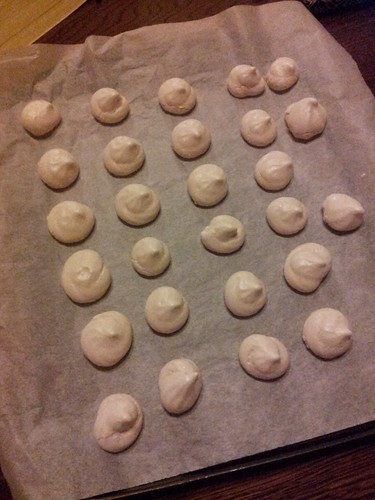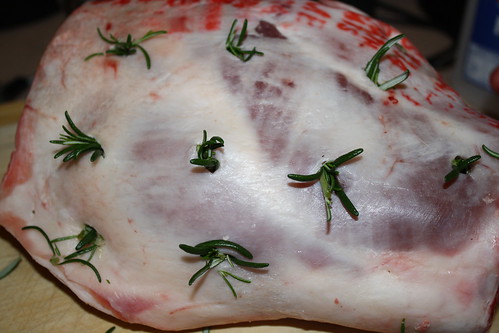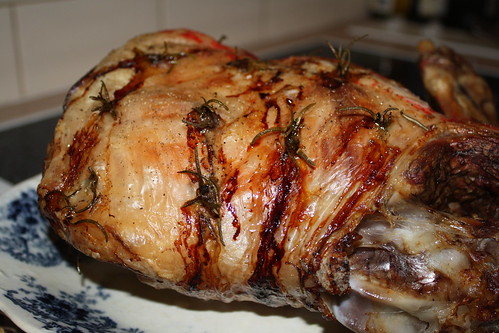Cling film (saran wrap/whatever you want to call it) is, I have found, one of those kitchen essentials which is NOT worth economising on. Over the years I have tried various supermarket own brands of the stuff and found them to lack the all important stretch-and-stick ability.
Because I can’t save money on brand I save money by buying the biggest, fattest roll which offers me best bang for buck (or, indeed, fewest cents per metre). So I’ve just brought home a 60m packet of GLAD cling film.
And what do I discover? In an attempt to increase ‘safety and convenience’ the cutting strip has moved. It now perches on the lid. You can still cut your fingers but as a bonus, as soon as you place any pressure on it (you know, to cut off some cling film), the strip and lid tear thus making it even tougher to use next time.
The GLAD facebook page is full of people complaining about this … and GLAD is managing to come up with a stock response, time after time. For some reason, GLAD isn’t taking a hammering on twitter.
Anyway, over the next couple of days we’re all going to be using plenty of cling film so here’s a short video about how to try to manage …
And yes, while I’ve been toying with the ideas of videos for a while, I envisaged that my debut may involve some makeup, no chicken cooking in the background and not wearing a nearly 20 year old t shirt. That’s what you get for doing these things on a whim, solo, on Christmas Eve!
Merry Christmas!



